What is the Active Learning How About This? Institute?
Established in 2015, the "Active Learning: How About This?" Research Institute has a rather unusual name. To date, we have developed various educational content in collaboration with schools, companies, and local governments nationwide. In our collaborations with schools, rather than simply providing one-way lesson content, we work with teachers—the education professionals—to explore the format that will make that specific school and class most "active." Each time, original methods and compelling stories emerge. Researcher Megumi Tatebayashi, who led this project, reports on the process.
The Complicated Age of Second-Year Middle Schoolers
There's even a term, "second-year syndrome," for how many worries and insecurities middle schoolers have during adolescence. How about you? (For the record, mine was dark.) This time, a teacher handling these sensitive, second-year students reached out to our lab, and we ended up co-creating a lesson together. The result? Something surprising...
Creating Lessons Where Students Find "Thinking About Problems Without Right Answers Is Fun"
The collaboration took place at Hatsushiba Tondabayashi Junior High School, an academic-focused school in Osaka. Japanese teacher Mariya Maenaka explains, "Junior high students are in a transitional phase between childhood and adulthood. They still rely heavily on adult answers for career paths and other problems. They struggle to feel confident in their own conclusions." For these students, we started developing a "lesson with no right answers" as part of their "inquiry-based learning" curriculum. We set rules for the thinking process.
Among these, we consider point ⑤—addressing real-world problems—to be particularly crucial. Based on our institute's extensive experience developing various lessons, we've observed that fictional problems often fail to engage students fully, leading to shallow learning. If active learning is interpreted as a universal learning method, tackling actual problems in their immediate surroundings is essential.
Real-world problems = helping someone in need
A real-world problem is one where someone is genuinely struggling. It's a problem that makes you think, "I want to solve this for this person," which leads to genuine engagement. So this time, we decided to find lesson themes from problems affecting people close to the students... specifically, problems that Mr. Maenaka himself was facing.
The next meeting began with Mr. Maenaka presenting lesson theme proposals he'd worked on so intensely he couldn't sleep. But these themes all felt a bit stiff. As we discussed making the lesson theme a bit more fun and relaxed...
"I struggle with planning our daily meals..." slipped out from the teacher. That was it! A problem the teacher genuinely struggled with! Perfect. Plus, if the teacher cooked at home, they could provide feedback. And so, the lesson theme was decided! "Huh? Is that really okay? (laughs)" the teacher was initially hesitant, but we built the lesson around it.
"Please plan my family's dinner menu."
A few days later, the class finally began. Here's the content of the orientation sheet the teacher created, which we asked the students to use.
Using this information, the students immediately began brainstorming recipe ideas in their groups.
They interviewed the teacher, asked family members for simple recipes, and looked things up in books. They then added concepts and titles to the ideas they brought together and created presentation sheets. A few days later, the "Maenaka Family's Weekly Menu Presentation Contest" was held.
The teacher unexpectedly burst into tears.
The menus the students came up with were full of unique ideas: healthy dishes considering Mr. Maenaka's husband who was dieting, dishes highlighting summer seasonal ingredients, ones emphasizing affordability, and time-saving options. Among them, "Turn Off the Lights and Get Cozy ♡ Cheese Fondue" caused a big laugh. Apparently, it was a thoughtful gesture meant to remind them of their honeymoon days (lol).
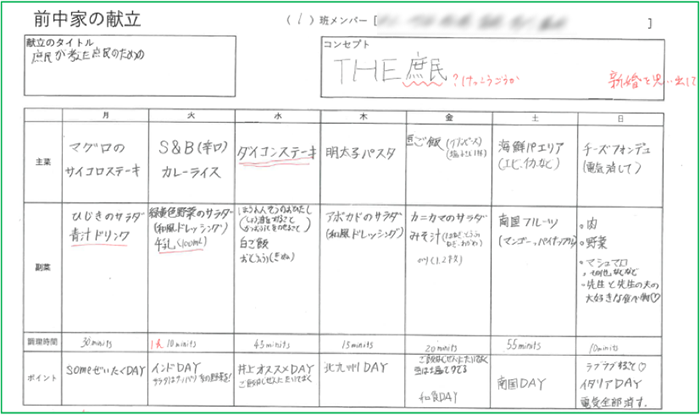
↑ On Sundays when you have time, turn off the lights and get romantic (lol)
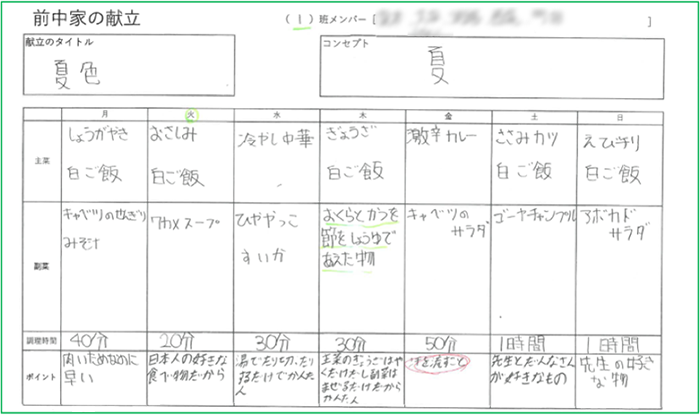
↑For her husband on a diet, Friday featured a sweat-inducing spicy curry.
Moved by the menus filled with everyone's heartfelt intentions, the teacher unexpectedly burst into tears. She repeatedly expressed her gratitude to the students. The students, staring at her in surprise, looked both happy and a little embarrassed. Their satisfied, gentle expressions were particularly memorable.
The joy of being useful to someone
Thinking to help someone in need. The tangible feeling of making that person happy. Watching this lesson, I was reminded that even small moments like this lead to essential learning and insights. And this time, I think the active lesson happened because the teacher insisted on using real, original challenges she devised herself, no matter how small.
The teacher's assumptions shattered
After the tearful lesson, the teacher, her eyes red, reflected on the session: "We experienced both the joy and the difficulty of tackling problems with no single right answer. Honestly, I didn't expect the students to think this deeply. But it wasn't that the students changed; it was the power they already possessed. Perhaps the one who changed the most was me."
Through collaborating with us, who create advertisements daily, the teacher realized she had an unconscious stance: "What I teach is something students should understand as a given."
Advertising operates on the premise that it will be ignored, requiring ingenuity to get the message across. The teacher began applying this mindset to their lessons, focusing on lowering barriers to spark interest and prioritizing enjoyable elements while designing the class.
Isn't something a bit strange happening here?
Looking back on this class, I feel something a bit strange happened, beyond just thinking "I taught a good class." Typically, when a class is good, the teacher who delivered it gets "thanked" by the students. But this time, the teacher is actually "thanking" the students instead. Not only that, but she was so moved she broke down in tears. I think that's pretty rare.
When both the provider and the recipient express gratitude to each other
This isn't limited to teaching; think about work. When you put effort into providing a service (value), and then you actually feel like saying "thank you" yourself – that's a truly happy way to work, I think. You provide something. The other person receives it. They're pleased. A lesson, a job, a value where both parties can mutually say "thank you."
This collaboration reaffirmed my strong desire to keep helping create more of these slightly mysterious, happy "What about this?" moments.
Finally, take a look at these delicious photos of the teachers actually making the students' recipes at home!
For inquiries about the "Active Learning: How About This?" Research Institute, please contact us here.

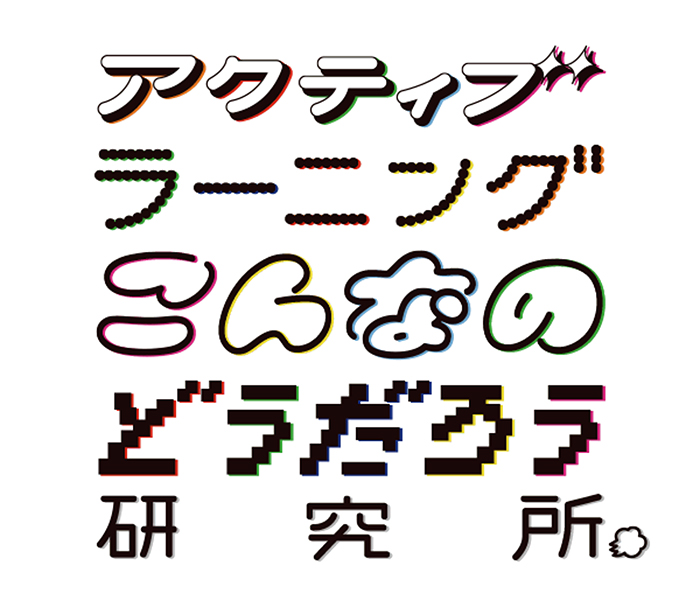
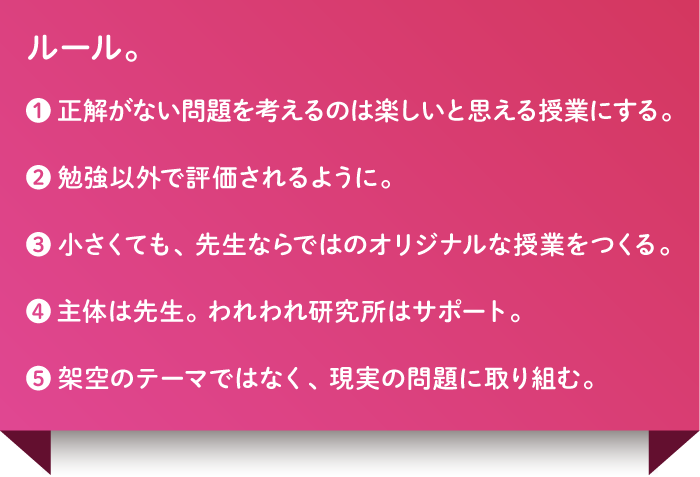
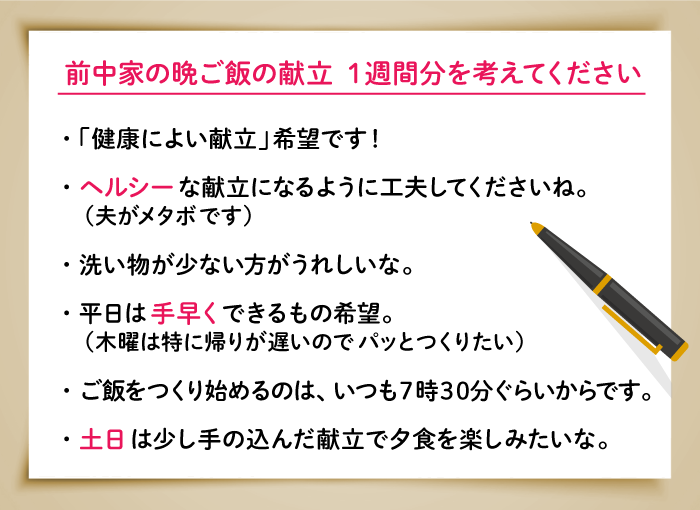
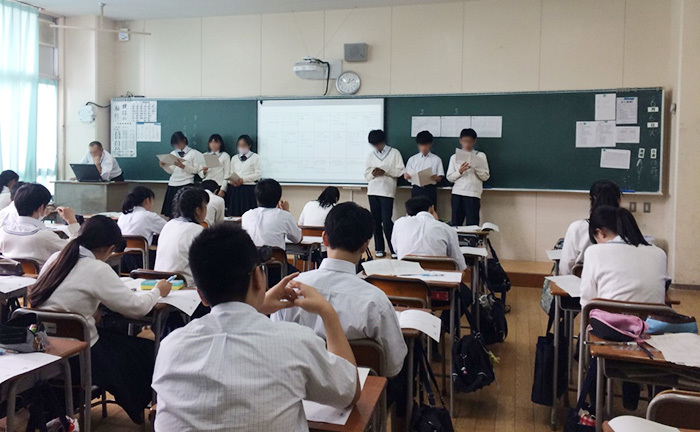
 ↑ On Sundays when you have time, turn off the lights and get romantic (lol)
↑ On Sundays when you have time, turn off the lights and get romantic (lol) ↑For her husband on a diet, Friday featured a sweat-inducing spicy curry.
↑For her husband on a diet, Friday featured a sweat-inducing spicy curry.


